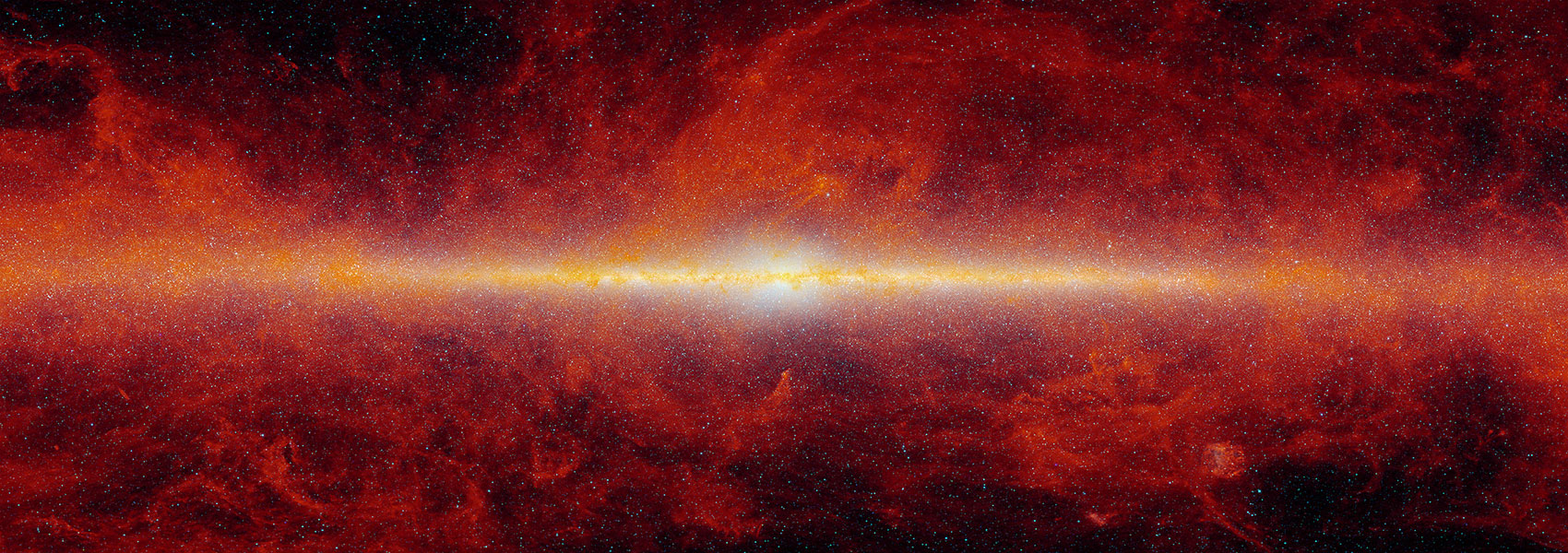November
2010
•
2010ApJ...723...81R
Authors
•
Ryu, Y.-H.
•
Han, C.
•
Hwang, K.-H.
•
Street, R.
•
Udalski, A.
•
Sumi, T.
•
Fukui, A.
•
Beaulieu, J.-P.
•
Gould, A.
•
Dominik, M.
•
Abe, F.
•
Bennett, D. P.
•
Bond, I. A.
•
Botzler, C. S.
•
Furusawa, K.
•
Hayashi, F.
•
Hearnshaw, J. B.
•
Hosaka, S.
•
Itow, Y.
•
Kamiya, K.
•
Kilmartin, P. M.
•
Korpela, A.
•
Lin, W.
•
Ling, C. H.
•
Makita, S.
•
Masuda, K.
•
Matsubara, Y.
•
Miyake, N.
•
Muraki, Y.
•
Nishimoto, K.
•
Ohnishi, K.
•
Perrott, Y. C.
•
Rattenbury, N.
•
Saito, To.
•
Skuljan, L.
•
Sullivan, D. J.
•
Suzuki, D.
•
Sweatman, W. L.
•
Tristram, P. J.
•
Wada, K.
•
Yock, P. C. M.
•
MOA Collaboration
•
Szymański, M. K.
•
Kubiak, M.
•
Pietrzyński, G.
•
Poleski, R.
•
Soszyński, I.
•
Szewczyk, O.
•
Wyrzykowski, Ł.
•
Ulaczyk, K.
•
OGLE Collaboration
•
Bos, M.
•
Christie, G. W.
•
Depoy, D. L.
•
Gal-Yam, A.
•
Gaudi, B. S.
•
Kaspi, S.
•
Lee, C.-U.
•
Maoz, D.
•
McCormick, J.
•
Monard, B.
•
Moorhouse, D.
•
Pogge, R. W.
•
Polishook, D.
•
Shvartzvald, Y.
•
Shporer, A.
•
Thornley, G.
•
Yee, J. C.
•
μFUN Collaboration
•
Albrow, M. D.
•
Batista, V.
•
Brillant, S.
•
Cassan, A.
•
Cole, A.
•
Corrales, E.
•
Coutures, Ch.
•
Dieters, S.
•
Fouqué, P.
•
Greenhill, J.
•
Menzies, J.
•
PLANET Collaboration
•
Allan, A.
•
Bramich, D. M.
•
Browne, P.
•
Horne, K.
•
Kains, N.
•
Snodgrass, C.
•
Steele, I.
•
Tsapras, Y.
•
RoboNet Collaboration
•
Bozza, V.
•
Burgdorf, M. J.
•
Calchi Novati, S.
•
Dreizler, S.
•
Finet, F.
•
Glitrup, M.
•
Grundahl, F.
•
Harpsøe, K.
•
Hessman, F. V.
•
Hinse, T. C.
•
Hundertmark, M.
•
Jørgensen, U. G.
•
Liebig, C.
•
Maier, G.
•
Mancini, L.
•
Mathiasen, M.
•
Rahvar, S.
•
Ricci, D.
•
Scarpetta, G.
•
Skottfelt, J.
•
Surdej, J.
•
Southworth, J.
•
Wambsganss, J.
•
Zimmer, F.
•
MiNDSTEp Collaboration
Abstract
•
We report the result of the analysis of a dramatic repeating gravitational microlensing event OGLE-2009-BLG-092/MOA-2009-BLG-137, for which the light curve is characterized by two distinct peaks with perturbations near both peaks. We find that the event is produced by the passage of the source trajectory over the central perturbation regions associated with the individual components of a wide-separation binary. The event is special in the sense that the second perturbation, occurring ~100 days after the first, was predicted by the real-time analysis conducted after the first peak, demonstrating that real-time modeling can be routinely done for binary and planetary events. With the data obtained from follow-up observations covering the second peak, we are able to uniquely determine the physical parameters of the lens system. We find that the event occurred on a bulge clump giant and it was produced by a binary lens composed of a K- and M-type main-sequence stars. The estimated masses of the binary components are M 1 = 0.69 ± 0.11 M sun and M 2 = 0.36 ± 0.06 M sun, respectively, and they are separated in projection by r bottom = 10.9 ± 1.3 AU. The measured distance to the lens is D L = 5.6 ± 0.7 kpc. We also detect the orbital motion of the lens system.
Links




